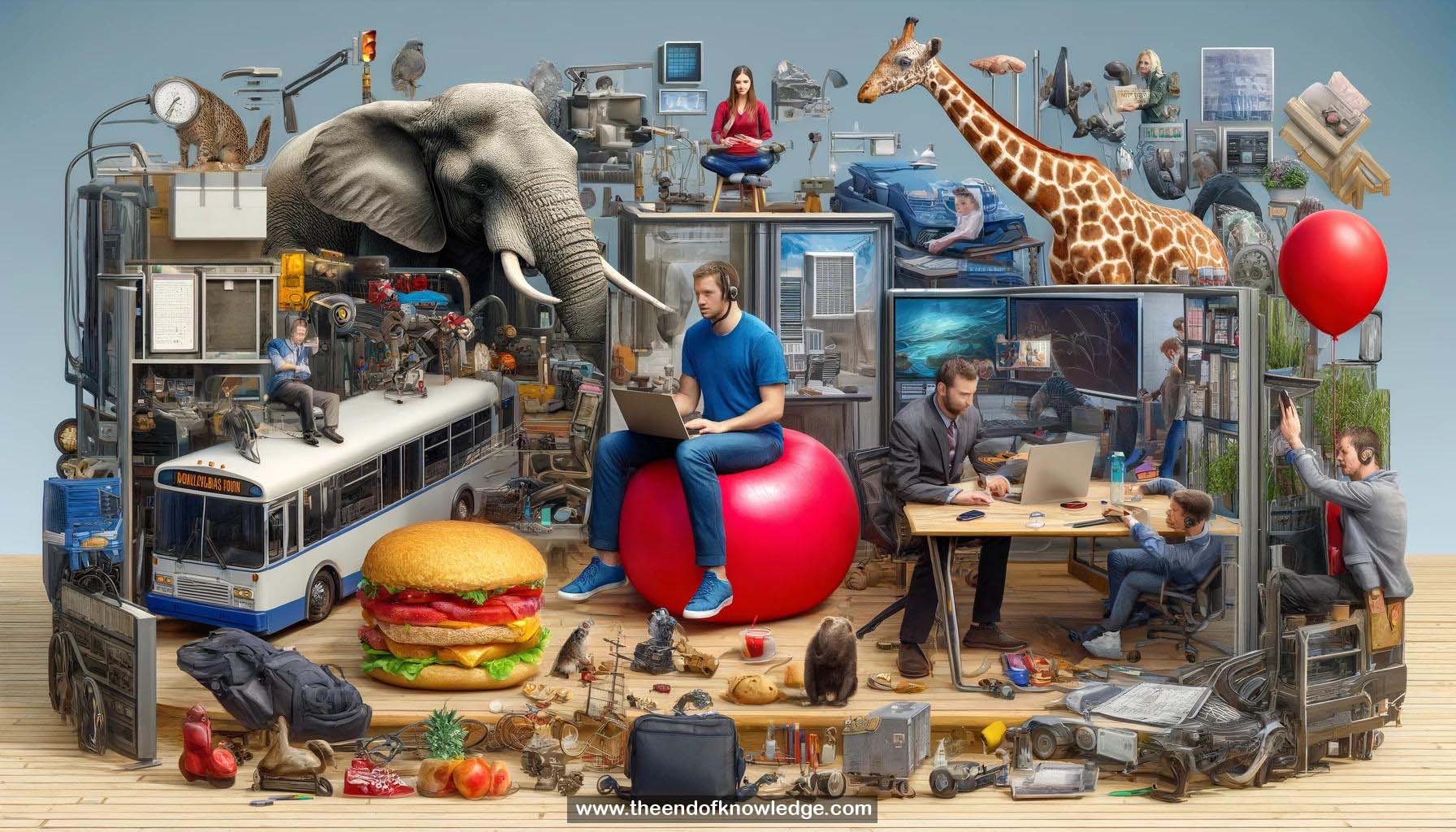 >
>
Concept Graph & Resume using Claude 3 Opus | Chat GPT4o | Llama 3:
Resume:
1.- Dense captioning: Jointly detecting image regions and describing them in natural language. Combines object detection's label density with image captioning's label complexity.
2.- Visual Genome Region Captions dataset: Over 100K images with 5.4M human-written region captions, averaging 50 regions per image, used to train dense captioning models.
3.- Prior image captioning: CNN extracts image features, RNN generates caption one word at a time conditioned on previous words.
4.- Prior object detection (RCNN): Region proposals extracted, cropped, processed by CNN to predict labels.
5.- Prior dense captioning pipeline: Inefficient, lacks context. Uses region proposals, crops them, processes with CNN, passes each to RNN.
6.- New end-to-end dense captioning: Single model takes image, outputs regions & captions. Trained end-to-end on Visual Genome data.
7.- Splitting CNN into convolutional layers & fully-connected recognition network, swapping order of convolution & cropping for efficiency.
8.- Localization layer: Proposes candidate regions on convolutional feature map grid using anchor boxes. Transforms anchors into region proposals.
9.- Training localization layer: Align proposals to ground truth. Increase confidence of matches, decrease others. Refine coordinates of matches.
10.- Bilinear interpolation (vs ROI pooling) for cropping: Enables backpropagation through box coordinates for end-to-end training.
11.- Final dense captioning architecture: CNN, localization layer, fully-connected recognition net, and RNN trained jointly end-to-end.
12.- Five joint training losses: Localization (box regression & classification), recognition corrections (box regression & classification), captioning.
13.- Benefits over prior work: Better context via large CNN receptive fields, efficient computation sharing, end-to-end region proposals & training.
14.- Qualitative results: Detects & captions salient regions (objects, parts, stuff) in Visual Genome test images and novel images.
15.- Dense captioning evaluation metric: Measures both bounding box and caption quality. Outperforms prior work by healthy margin.
16.- Efficiency: Processes multiple high-res frames per second on GPU, 13x faster than prior.
17.- Bonus: Reverse model for region retrieval given natural language query.
18.- Region retrieval method: Forward pass of CNN, localization & recognition. Rank by probability RNN generates query from region.
19.- Region retrieval results: Matches object names, interactions like "hands holding phone". Some confusion on specifics like front/back wheels.
20.- Released code & demo: Training/test code, AP metric, live webcam demo on GitHub.
Knowledge Vault built byDavid Vivancos 2024